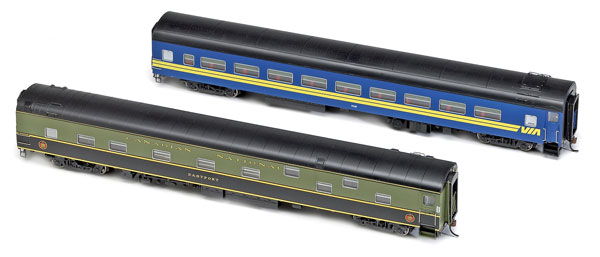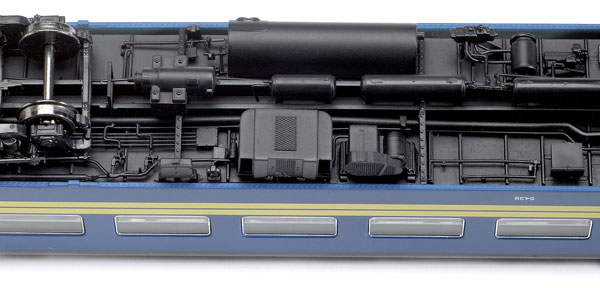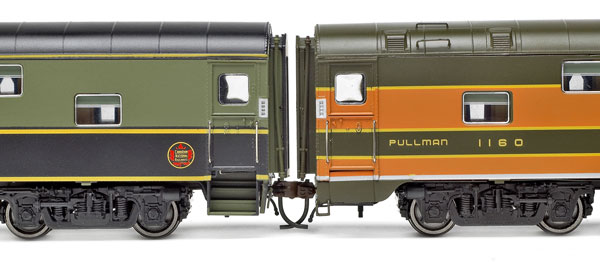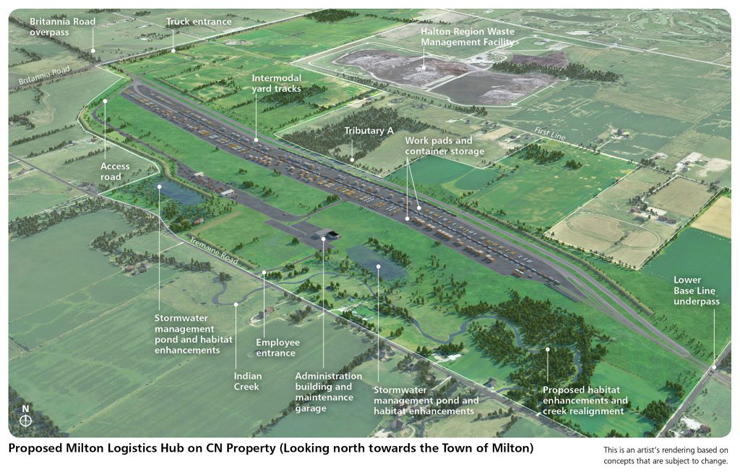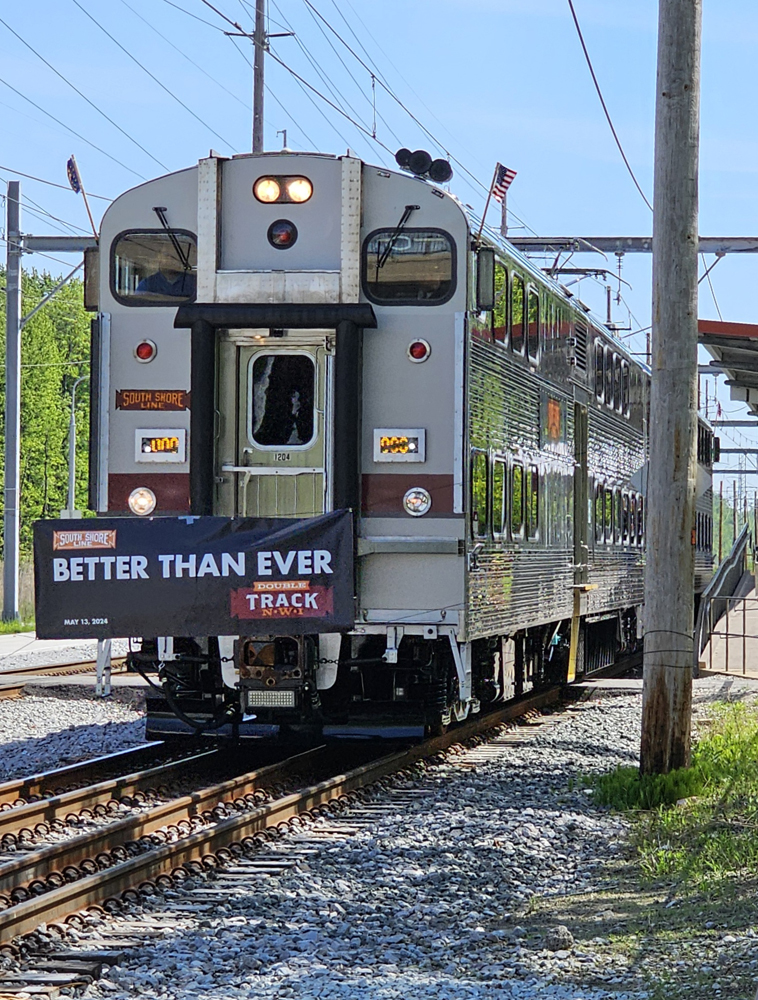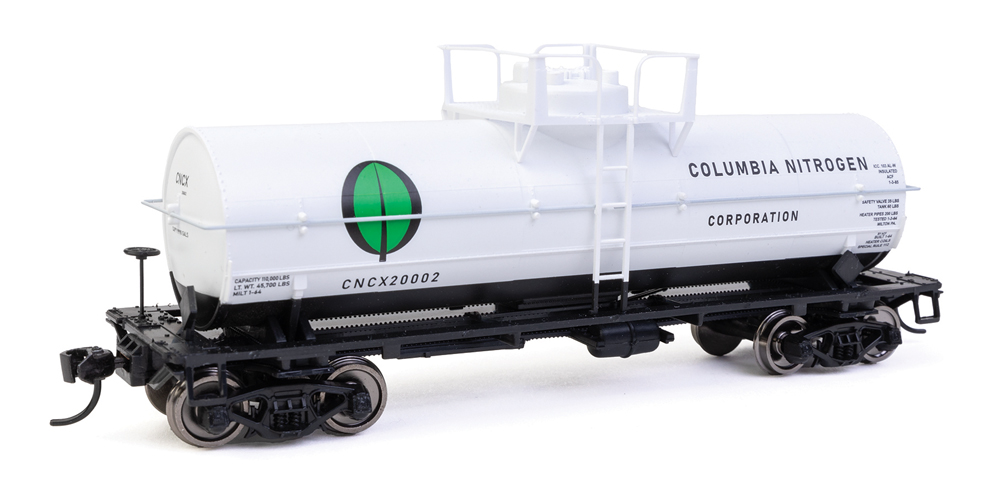The two samples reviewed here are a 4-section, 4-bedroom, 8-duplex roomette sleeper and an 80-seat coach that are both smooth-side cars riding on four-wheel roller-bearing trucks. They come ready-to-run for 24″ or larger radius curves, but long-shank couplers (included) may be substituted for more clearance between cars so they can operate on an 18″ radius. Even so, the models look their best on 30″ radius or broader curves.
At the time, the 80-seat CN coaches were a major departure from the long-distance coaches other railroads were buying that seated 44 to 60 passengers. However, the sleepers and food-service cars followed more conventional P-S designs. All of the cars were designed and insulated so their onboard water, heating, and air conditioning systems would operate reliably in Canada’s yearly temperature extremes
Different roof castings represent the CC&F design on the coach or the P-S type on the sleeper. Both are detailed with molded weld lines, access panels or ventilators, and an assortment of separately applied wire grab irons. A steel weight, two small printed-circuit boards, and a clear plastic light bar are attached to the underside of the roof with small screws and tape.
A green light-emitting diode is mounted at each end of the light bar to simulate fluorescent interior illumination. A pair of tiny batteries on the PC board operate the LEDs, and a magnetic reed switch turns the lights on or off.
There are two sheet metal weights sandwiched between the floor castings. The upper floor includes partitions and the interior vestibule bulkhead. The coach seats slip into place through openings in the floor; the sleeper’s interior parts are individually glued on top.
All of the underbody details, including a center sill, battery and equipment boxes, the brake system, water tanks, and good-looking piping, are cemented to the lower floor. Canadian cars have rigid vestibule steps, while some other road names have streamlined end skirts that simulate folding steps.
Our sample cars weigh 7 ounces, which is a half-ounce over the 6½ ounces specified in the National Model Railroad Association’s recommended practice of 1 ounce plus ½-ounce per inch of length.
I checked the McHenry scale couplers on all four cars and found three installations that matched the NMRA coupler height perfectly. The other five were about .010″ low due to an assembly problem that the manufacturer has corrected.
Our sample cars came smoothly painted and neatly lettered in the appropriate original CN and later VIA Rail colors. The coach matches the dimensions listed in the floor plans and cross-sections from the CN’s original publicity. The sleeper is a scale 4″ short (about 3/64″).
The overall quality of the CN cars led a number of other North American railroads to purchase similar cars, which are represented by the numerous other paint schemes offered in these models. We’ve seen samples of the Illinois Central coach and the Great Northern sleeper that look great.
The nickel-silver RP-25 insulated wheelsets are mounted in gauge on metal axles. The axles have needlepoint bearings which ride in the acetal plastic sideframes to produce minimal friction. This bearing combination makes these cars very free-rolling, so they can be easily operated in trains with prototype-length consists.
Lighting. Using batteries stops flickering lights, avoids any current drain on your power supply, and prevents lighting meltdowns due to high track voltage. According to the manufacturer, the batteries last from one to three months, depending on use. Replacement batteries are sold in 4-packs priced at $11.95.
Performance. We test ran all four cars on our club railroad, the Milwaukee, Racine & Troy, without incident. With the slack stretched, the diaphragm faceplates were about a scale 9″ apart but closed up on pushing moves. Uncoupling with concealed magnets worked fine.
Rapido Trains’ new passenger cars are well-designed and include many innovative features. The manufacturer’s attention to detail is excellent, right down to the tiny car number displays near the vestibules and the wider frames on the hinged emergency exit windows. With their good looks, excellent finish, and free-rolling trucks, these streamline cars should do well on both sides of the border. – Jim Hediger, senior editor
Price: $49.95 each
Manufacturer
Rapido Trains Inc.
140 Applewood Crescent,
Unit A
Concord, Ont., Canada
L4K 4E2
www.rapidotrains.com
Description
Ready-to-run plastic models
with interiors and lights
Paint schemes
Amtrak (Phases 1 and 3);
Atchison, Topeka & Santa Fe;
Baltimore & Ohio; British
Columbia Ry.; Burlington
Northern (Executive);
Canadian National (1954
scheme); CN Rail (1961
scheme); Royal Canadian
Pacific; Canadian Pacific;
Chicago & North Western;
Erie-Lackawanna; Great
Northern (1951 scheme);
Illinois Central; Kansas City
Southern; Louisville &
Nashville; Milwaukee Road
(orange and 1955 UP
versions); Missouri Pacific;
New York Central; Norfolk &
Western; Northern Pacific;
Ontario Northland (original
and modern schemes);
Pennsylvania RR.; Southern
Pacific; Union Pacific; VIA Rail
Canada; and undecorated
Battery-powered LED lighting
Detailed underbody with
separate steam, air and
electrical lines
Factory-applied grab irons and
uncoupling levers
Flush-fitting windows with
raised and painted frames
Interior cast in several colors
McHenry magnetic knuckle
couplers, mounted correctly
Minimum radius 18″
Movable diaphragms
Multiple car names or numbers
Removable marker lamps and
end gates





